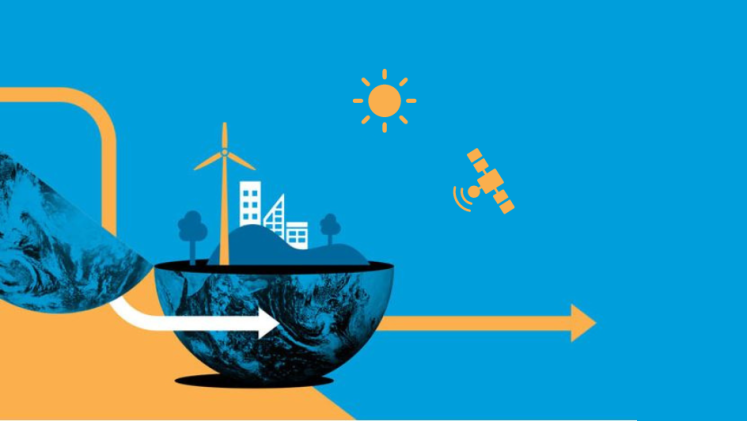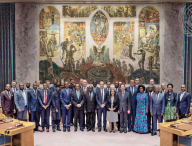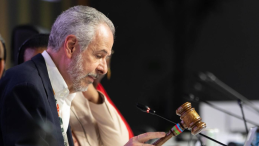This week, negotiations among member states on the scope of the 2024 Summit of the Future fell apart, with many states objecting to the draft that had been painstakingly negotiated over the summer. Facing deep rifts within the United Nations (UN) membership, and with some states arguing that the Summit of the Future might pull attention and resources away from achieving the Sustainable Development Goals (SDGs), there is a real sense of uncertainty over the summit preparations.
These divisions underscore what Secretary-General António Guterres has called a “surge in mistrust” worldwide. In a context of deep geopolitical fracture and low levels of trust, there will be a tendency for member states to act defensively, protect national interests, and minimize risks. Such a defensive posture would almost certainly lead to a lowest-common-denominator summit and would do little to advance the bold ideas in the secretary-general’s Our Common Agenda report. In fact, a Pact for the Future in 2024 that merely restated the challenges facing us today alongside an (in-principle) commitment to act collectively could contribute to an even greater sense of mistrust and cynicism about the role of the UN today.
Ironically—and tragically—a Summit of the Future that fails to generate transformative action would also mean that the most important decisions about the future of humanity and our planet would take place in less inclusive and more Global North-dominated forums, such as the G7, World Bank meetings, and the boardrooms of major companies. It would be a pyrrhic victory for those wishing to derail the Summit of the Future to find they had unintentionally set back the interests of the developing world. Rather than see the Summit of the Future as competing with the core priorities of sustainable development, it would be more useful to take it as a unique opportunity to hold all member states more accountable, deliver a tangible acceleration of the SDGs, and through that begin to build greater trust.
However, defining a successful Summit of the Future is difficult. When I have asked experts and leaders for their version or vision of success, the answer is often fuzzy, unrealistic, or far less ambitious than one might think. “The summit will be a success if there is still a UN standing after it,” one expert said. “The summit needs to result in a total overhaul of the system, or it is a failure,” another claimed. “I think the summit will be a success if states can agree on a few incremental wins, like upgrading the Peacebuilding Commission, or appointing an Envoy for Future Generations,” said a third. None of these, in my view, represents a vision for what a successful Pact for the Future might achieve, the level of ambition of the secretary-general’s Our Common Agenda report, or how we might get there.
Read the full article on the International Peace Institute’s Global Observatory here.




